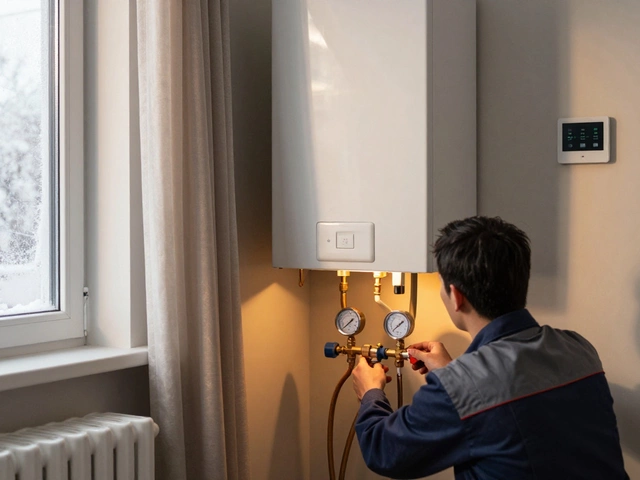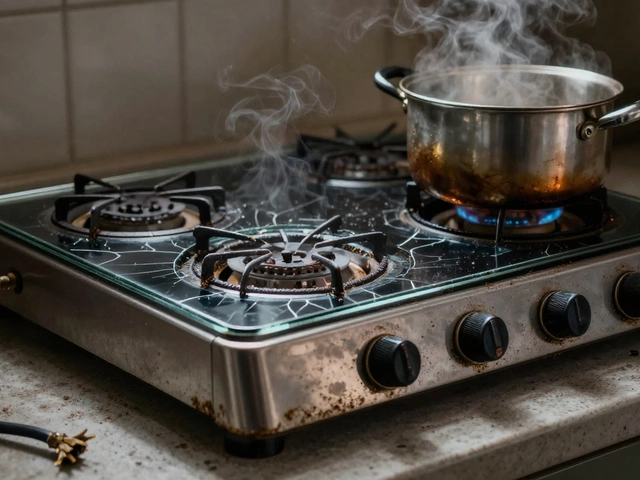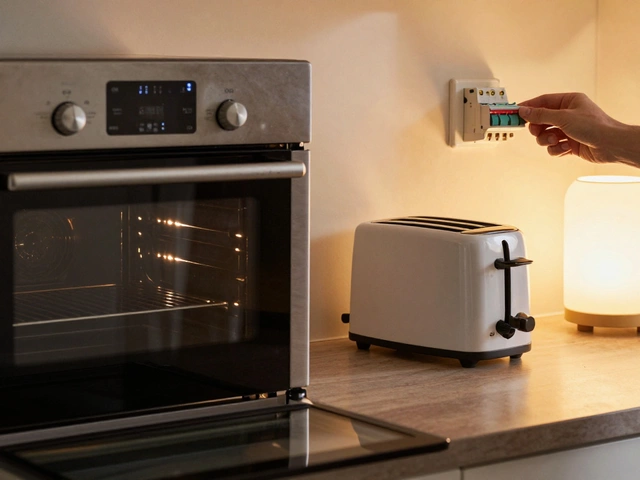Refrigerator Not Cooling? Fast Fixes and When to Call a Pro
Nothing annoys more than opening the fridge and finding lukewarm air. Before you panic and toss everything, try a few simple checks. Most cooling problems have a quick fix, and even when they don’t, knowing the cause saves you time and money.
Common Reasons a Fridge Stops Cooling
First, think about the basics. The fridge needs power, airflow, and a working compressor. A tripped circuit breaker or a loose plug can be the culprit – it’s worth a quick look at the wall socket. Next, check the temperature dial. It’s easy to accidentally set it too warm, especially after a power cut.
Dirty condenser coils are another big offender. Over time dust and pet hair build up on the coils at the back or underneath the unit, making the compressor work harder and eventually overheat. When the coils are clogged, the fridge can’t shed heat, and the interior stays warm.
Door seals also play a huge role. If the gasket around the door is cracked, warped, or dirty, warm air sneaks in, and the fridge has to run constantly. You’ll often hear the compressor cycling on and off more than normal.
Finally, the evaporator fan inside the freezer compartment can fail. Without that fan, cold air can’t circulate to the fridge section, leaving it warm while the freezer stays frosty.
DIY Checks and Quick Fixes
Start with power – reset any tripped breakers and make sure the plug is secure. Then, set the thermostat dial to the middle setting and give the fridge an hour to stabilize.
Next, pull the fridge away from the wall and vacuum the condenser coils. A brush attachment works best; just be gentle so you don’t bend the fins.
Inspect the door gasket. Clean it with warm soapy water and a soft cloth. If you see cracks or the door doesn’t seal tightly, replace the gasket – they’re inexpensive and a quick DIY job.
Listen for the evaporator fan when the freezer door is open. You should hear a low hum. If it’s silent, the fan motor may need cleaning or replacement. You can usually access it by removing the back panel inside the freezer.
After you’ve done these steps, monitor the temperature for 24 hours. If the interior still feels warm, it’s time to call a professional.
Why call a pro? A malfunctioning compressor, a refrigerant leak, or a serious electrical fault requires specialized tools and certification. Attempting to repair these yourself can be dangerous and may void any warranty.
When you reach out, mention the checks you’ve already performed. Technicians will appreciate the info and can focus on the likely culprits, which often speeds up the repair and may lower the cost.
Typical fridge repair costs in Weymouth range from £80 for a simple gasket replacement to £250–£400 for compressor or refrigerant work. Knowing the likely problem helps you budget and avoid surprise charges.
To keep your fridge humming happily, schedule a quick clean‑up of the coils every six months, wipe the door seals weekly, and avoid over‑loading the fridge which blocks airflow.
In short, most “refrigerator not cooling” issues can be narrowed down with a few easy steps. Fix the obvious, watch the temperature, and call a qualified repair service when the problem persists. Your food stays fresh, your wallet stays happy, and you’ll have peace of mind knowing the job’s done right.
How to Repair a Refrigerator Not Cooling: Easy DIY Fixes and Pro Tips
- Alden Wilder
- Jul 31 2025
- 0 Comments
Fridge not cooling? Discover what really causes cooling problems and how you can fix it on your own, plus when to call in a pro. Step-by-step solutions and tips.
View More




